This reaction essay is part of the Brookings project—”The One Percent Problem: Muslims in the West and the Rise of the New Populists.” We asked each author to reflect on how reading the other working papers helped them think differently about their own country of focus.
The cases covered in this project show considerable variation. The evolution of a right-wing populist party in a given country is influenced by history and context, political opportunities, migration flows, as well as by public opinion and the reactions of mainstream parties. At the same time, despite this diversity, anti-Islam and anti-Muslim positions are central to all the cases and essential in defining the idea of “the people” and an “Us” vs. “Them” dichotomy. In this regard, discourses in opposition to Islam and against Muslims have become one of the pillars of exclusionary populism, along with anti-establishment appeals and populist claims of being the only genuine representatives of the nation’s people and their interests.
In the different country cases, Islam is interchangeably seen as a faith, a political ideology, a cultural and identity marker, a lifestyle, as well as a civilization in its own right.
In the different country cases, Islam is interchangeably seen as a faith, a political ideology, a cultural and identity marker, a lifestyle, as well as a civilization in its own right. As a result, various and sometimes contradictory understandings of “Islam” can co-exist and be emphasized according to context, speaker, and audience. In secularized societies such as Denmark and the Netherlands, where religion is considered as a private matter, Islam is represented as the main antagonist to Western (liberal) values and principles.
These narratives presume the politicization of Islam and emphasize Islam’s opposition to basic individual rights and liberties, such as freedom of speech and of religion, gender equality, and LGBTQ rights. Accordingly, these more secularized countries regard themselves as “guiding” and exemplary models for liberal, democratic and enlightened nations. This view, as exemplified by the Dutch and Danish case, allows for categorizing Muslims as belonging to a kind of lower civilization stage, whose civic and moral education must be taken care of by the “host society.” Here, the problem is not only cultural, but also economic, since welfare societies have to incur the cost of integrating Muslims. This cultural-economic combination can easily appear unappealing and can contribute to the sentiment among some voters that — to paraphrase the words of the late Pim Fortuyn’s — “we [do] not feel like going through emancipation of women and homosexuals all over again.”
Not surprisingly in countries like Denmark and the Netherlands, but also in Norway and in Finland, the question of gender equality occupies a central role regarding anti-Islam narratives. This does not mean that “Christian” perspectives disappear entirely. Among the Danish politicians we interviewed, the explicit reference to the role of the Protestant church still occasionally comes up and is used to mobilize the audience against the perceived threat of rapid cultural change, particularly when that change involves Islam.
This poses an interesting question about the “return of religion” and how it is mobilized in an age of secularization and waning confessional divides. The case of Italian politician Matteo Salvini, the League’s party leader, and particularly his now frequent use of rosary beads and invocation of the Catholic faith, rather paradigmatically show how religious symbols can be employed for political purposes. Salvini triggered critical reactions from prominent Catholic figures as well as from former political ally Prime Minister Giuseppe Conte, who, in a speech given to the Senate on August 20, 2019 on the occasion of the government crisis sparked by Salvini himself, remarked that the latter’s “use of the religious symbols offended the sentiments of believers and risks to undermine the principle of state secularism, which is at the basis of today’s modern state.” This not only shows how individual politicians and parties relate differently to the role of religion but underlines how the explicit use of religious symbols and references is part of the mobilization toolkit used by right-wing populists in Poland, Hungary, Italy, and Austria. In contrast, Danish/Nordic populists respond by promoting a largely cultural understanding of (Christian Protestant) religion that nicely overlaps with their ethnonationalist and identarian platform.
It is an essentialized version of Judeo-Christian values that reflects a “belonging without believing” approach. Here, the nation is the locus of secular redemptive politics, with Islam as the main antagonist. At the same time as it appeals to Christian values (loosely defined), while accommodating gender equality, LGBTQ rights, and animal welfare. Within this framing, religious symbols, such as the Muslim headscarf, religious fasting and slaughtering, the construction of mosques or minarets, are seen as concrete examples of the cultural backwardness of Islam — and as concrete means through which Muslims seize increasing portions of a secularized public space. Meanwhile, Christian traditions, practices, and celebrations (such as Christmas) are mainly understood and explained as part of the national cultural heritage. Here, progressive political elites are portrayed as actors that facilitate Islamization, or at least through relaxed migration and asylum policies, do not act to prevent developments that endanger national identity and social cohesion.
In Denmark, anti-Islam and anti-Muslim attitudes are comparatively stronger within the regional periphery and less urbanized areas where Muslim residents are few and significantly lower than in major urban centers such as in some neighborhoods of Copenhagen (Nørrebro), Aarhus (Gellerup) and Odense (Vollsmose). These areas are seen as urban and social “ghettos,” the stepchildren of failed migration and asylum politics of the past, today addressed by the anti-ghetto politics of urban renewal, aiming to end “parallel societies.” Similar to Hungary and Poland, where there are even fewer Muslims and yet Islamophobia is widespread and a major feature of political competition, anti-Islam attitudes in parts of Denmark articulate and channel frustrations emerging from broader perceived threats around rapid social and cultural change.
Events such as the September 11 attacks and the 2005 Jyllands-Posten Muhammad cartoons controversy, but also the 2008 worldwide financial crisis and the 2015 refugee crisis, have all and in different ways reinforced already existing narratives against Islam and Muslims. Thus, anti-Islam and anti-Muslim narratives are rooted more in economic and societal transformations than in religion as such. Arguably, the fact that the Nordic countries — Denmark, Norway, but also Finland and the Netherlands have been less affected by the economic and the refugee crises should have, in theory, prevented the proliferation of anti-Muslim discourse.
But within these comparatively more affluent societies, concerns and frustrations have crystallized around issues that have a lot to do with the preservation of the welfare state (and of social status) as well as with national cultural identity, security, and social cohesion. In the eyes of Nordic right-wing populists, questions of nationalism, cultural and ethnic-based identity and belonging — tied to the concept of the Folkhemmet (literally, People’s Home) — have become necessary requirements for the survival of Danish-Scandinavian welfare liberal democracy. This approach posits a tension between what makes the system work (the Danish-Scandinavian way of doing things) versus what can potentially endanger it (coming from the outside), wherein economic issues merge together with culture, identity, and ethnic-racial factors.
Meanwhile, right-wing populist readings of Islam as a marker of cultural identity and societal difference have spilled over from the populist right to mainstream mass parties. The Danish case speaks to the “accommodation” of right-wing populist views and framings of immigration and Islam. This makes it increasingly difficult for voters to clearly distinguish between what the main political parties stand for when it comes to questions of immigration, integration, and the role of Islam. Addressing or countering anti-Islam narratives is therefore more difficult than the mere matter of disputing views of right-wing populist parties.

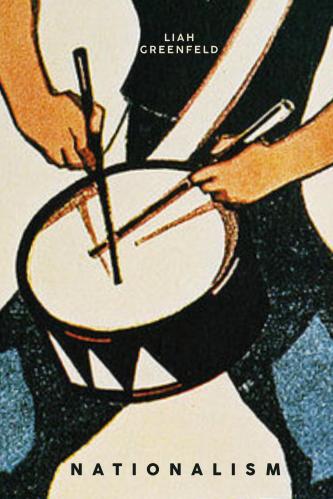
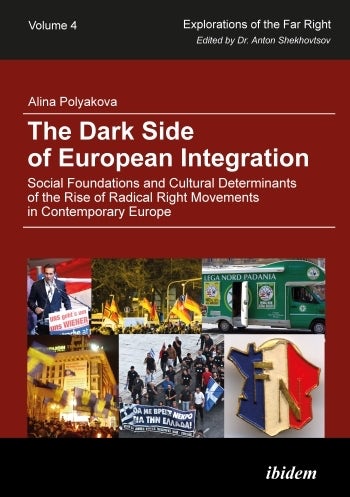
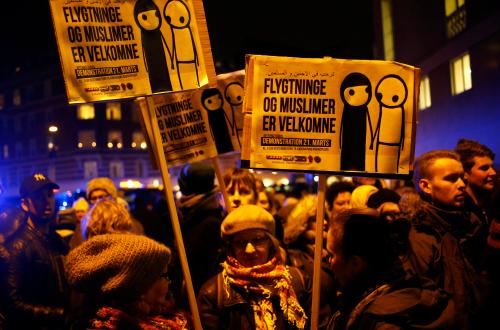
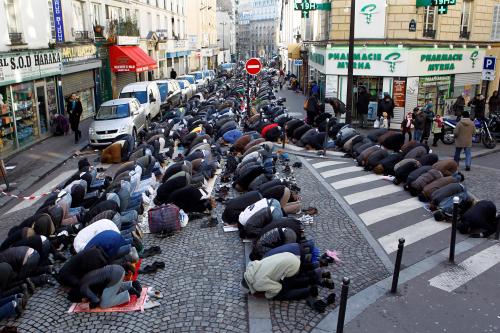

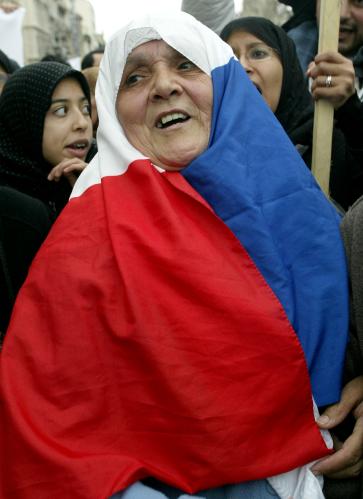
Commentary
Islam and the Danish-Scandinavian welfare state
A 'Muslims in the West' reaction essay
December 4, 2019